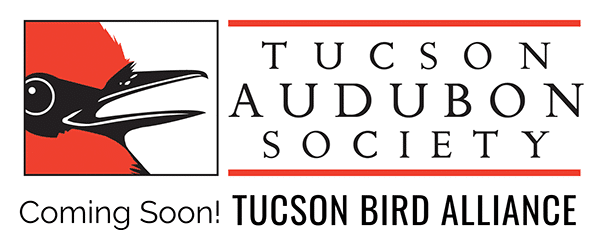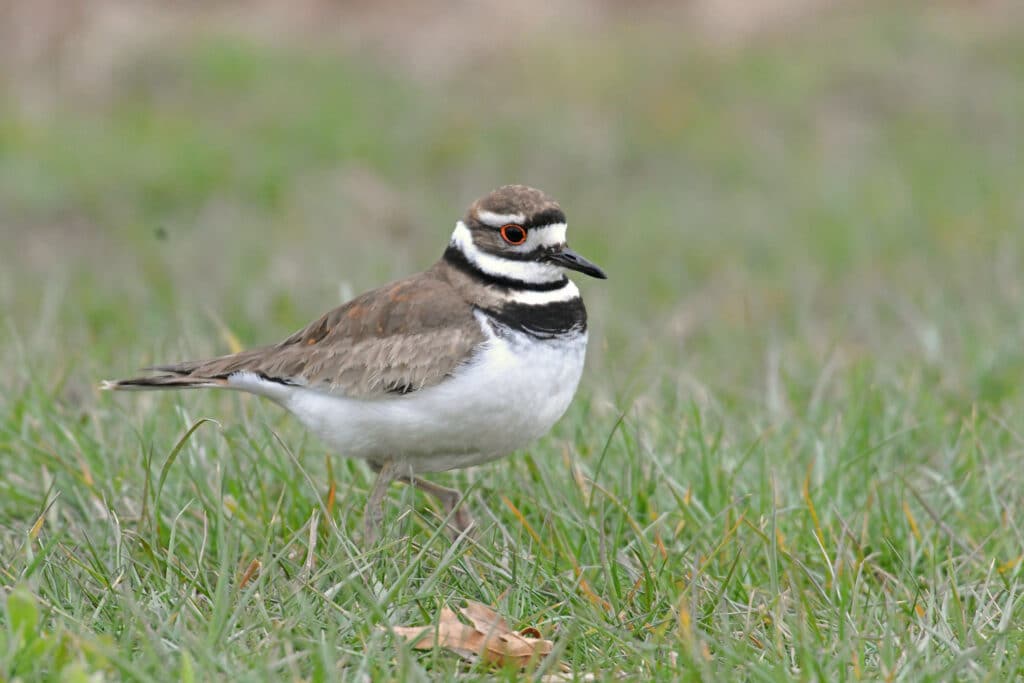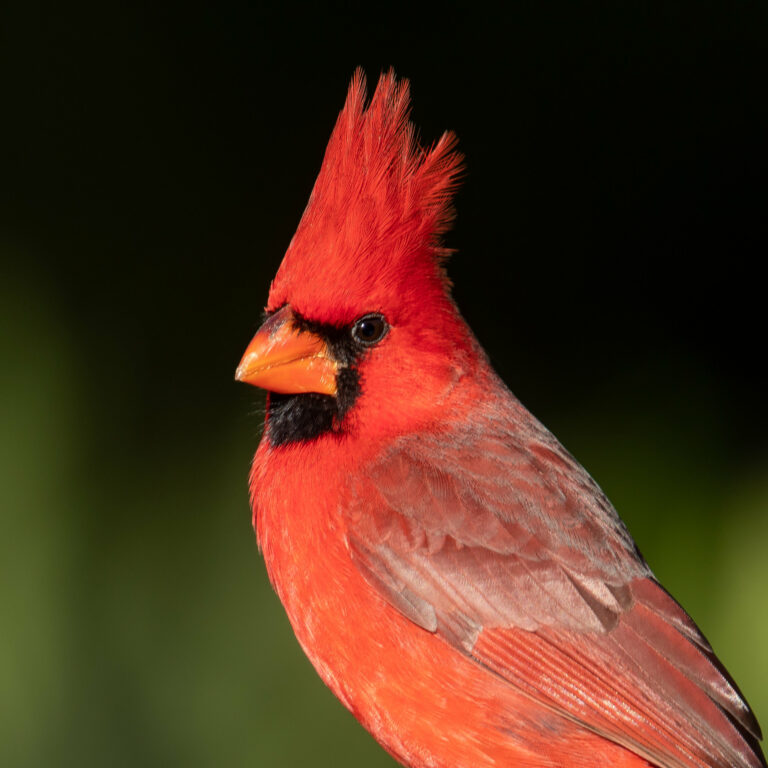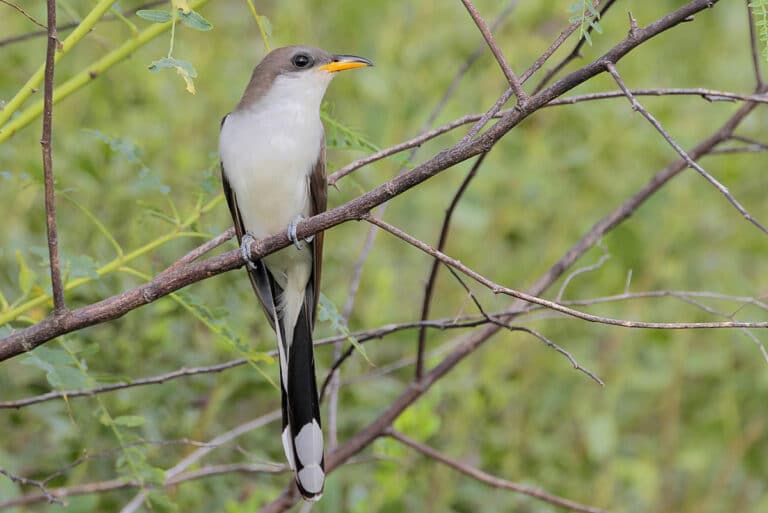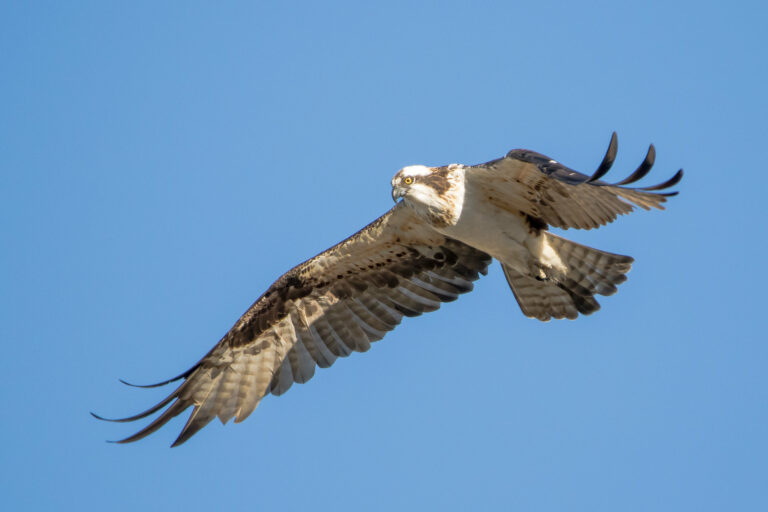One of only a handful of shorebirds that you can find year-round in Tucson, the Killdeer is by far the most common and familiar of North American plovers. It’s also a fun one to introduce to non-birders because of its name. It has nothing to do with killing or deer and everything to do with its loud and excited kill-deer kill-deer calls that it frequently gives in flight and during the night. Not surprisingly, it’s also been known as Chattering Plover and Noisy Plover. The Killdeer is fun and easy to watch too—it has a curious foraging behavior of running-stopping-bobbing and is very tolerant of human activity, inhabiting ag fields, golf courses, park lawns, and parking lots. Though it is often found in these dry environments, it is no stranger to the edges of ponds, lakes, wetlands, and coastline, and is a surprisingly good swimmer.
Killdeer “build” very exposed ground nests that are in danger of being seen or stepped on. Because of this, the species has developed many ways of defending its precious future generations. Responses to potential predators include false brooding: pretending to incubate eggs at a site where there are none; injury-feigning: pretending to be hurt to draw attention away from nest or chicks, usually involving beating drooping wings on the ground and displaying its rufous rump patch to imitate a wound; and the ungulate display: given in response to a grazing animal or human approaching a nest site, rushing toward offender while giving loud calls with wings spread and fanned tail raised.
Killdeer nests are also very interesting in that they are built after the eggs are laid! The site is chosen through a “scrape ceremony” where the male scratches out and sits in a shallow depression. The female then takes his place in the scrape while the male stands nearby with tail fanned and raised, giving rapid calls. After eggs are laid, the nest is built by both birds by tossing items such as rocks, bits of shell, plant stems, bone, cigarette filters, plastic, plaster, and more over their shoulders every time they leave. Killdeer seem to favor placing white objects in their nests that can grow to be quite substantial—one site contained over 1,500 pebbles!
Image by Hemant Kishan
